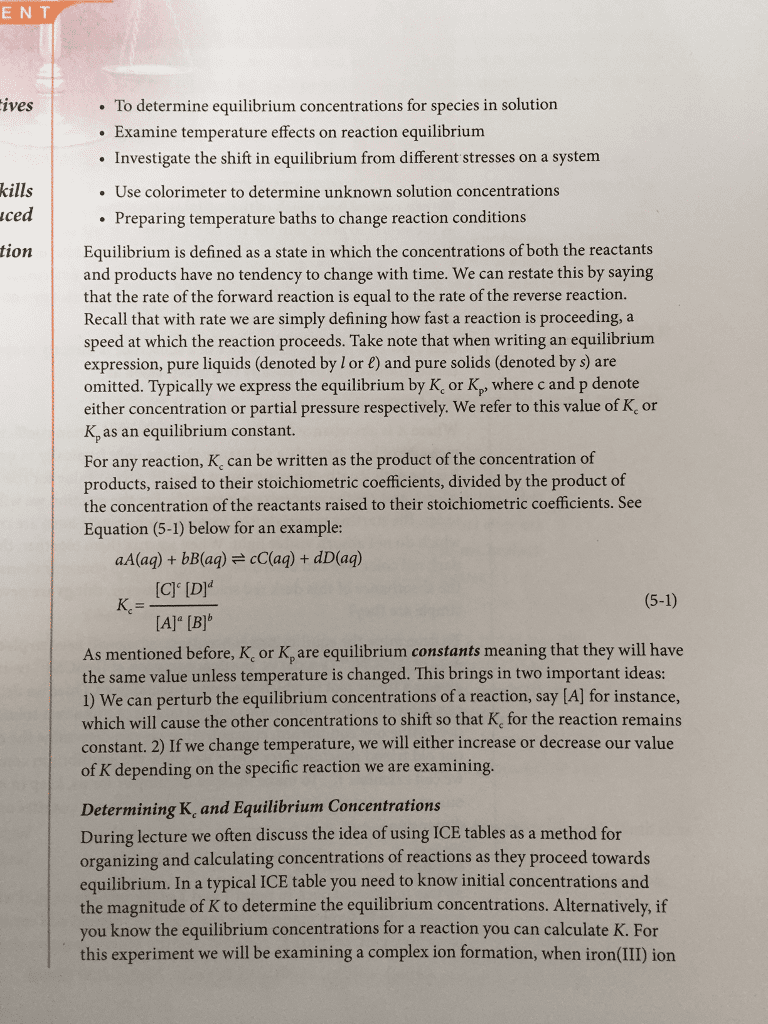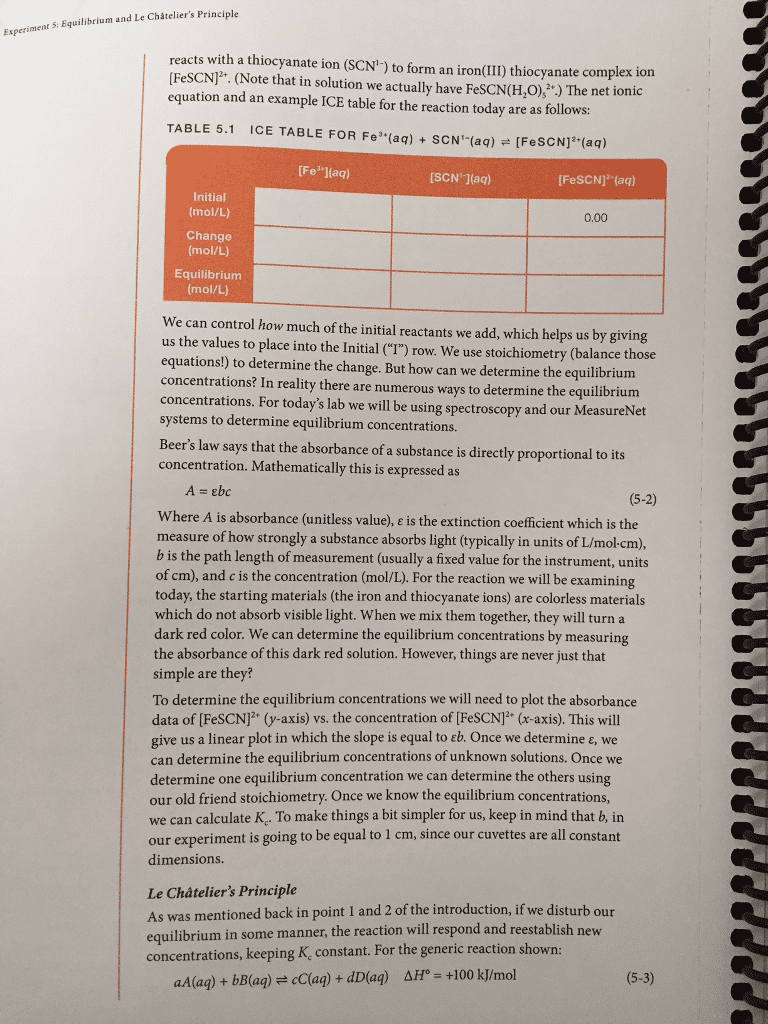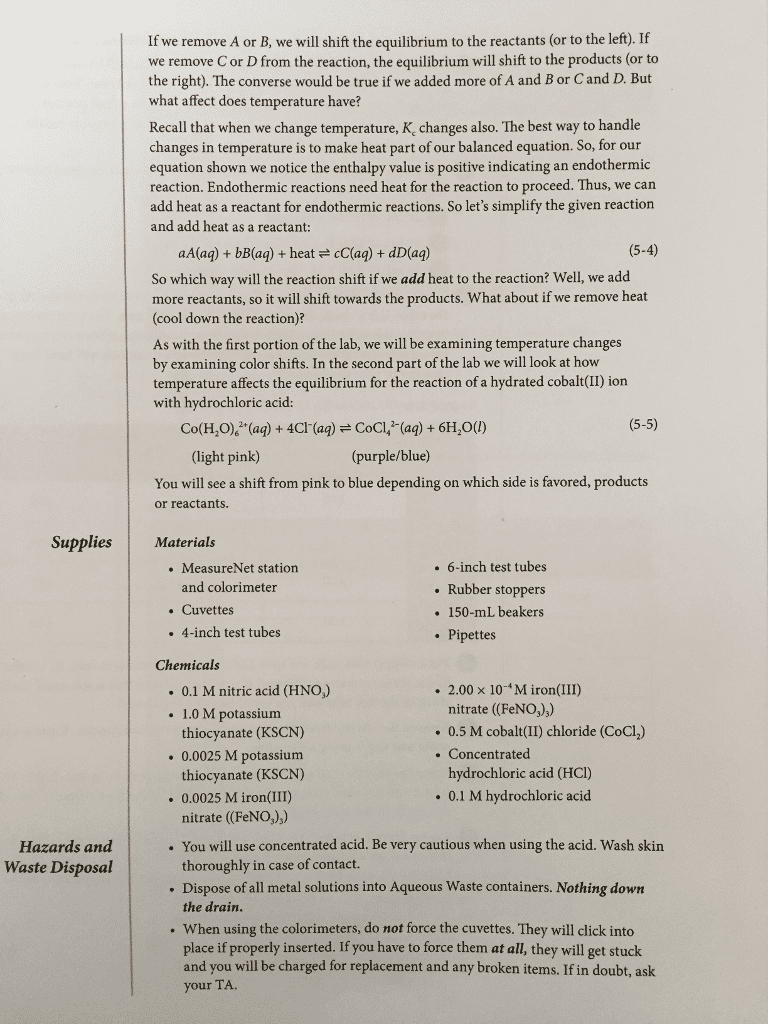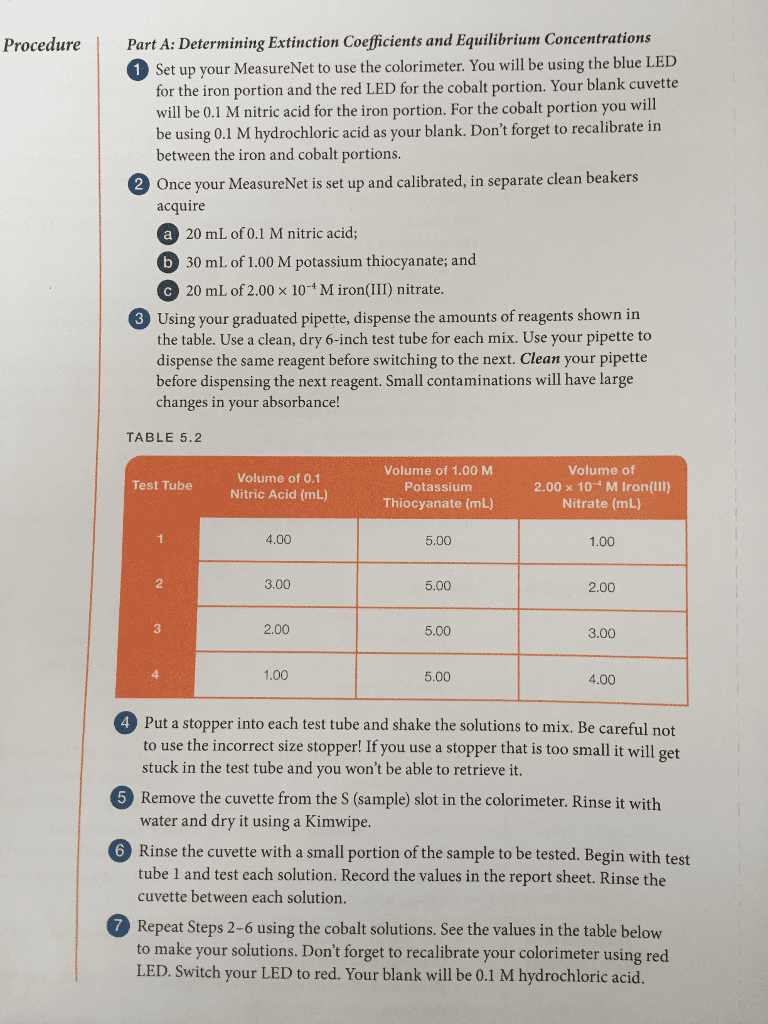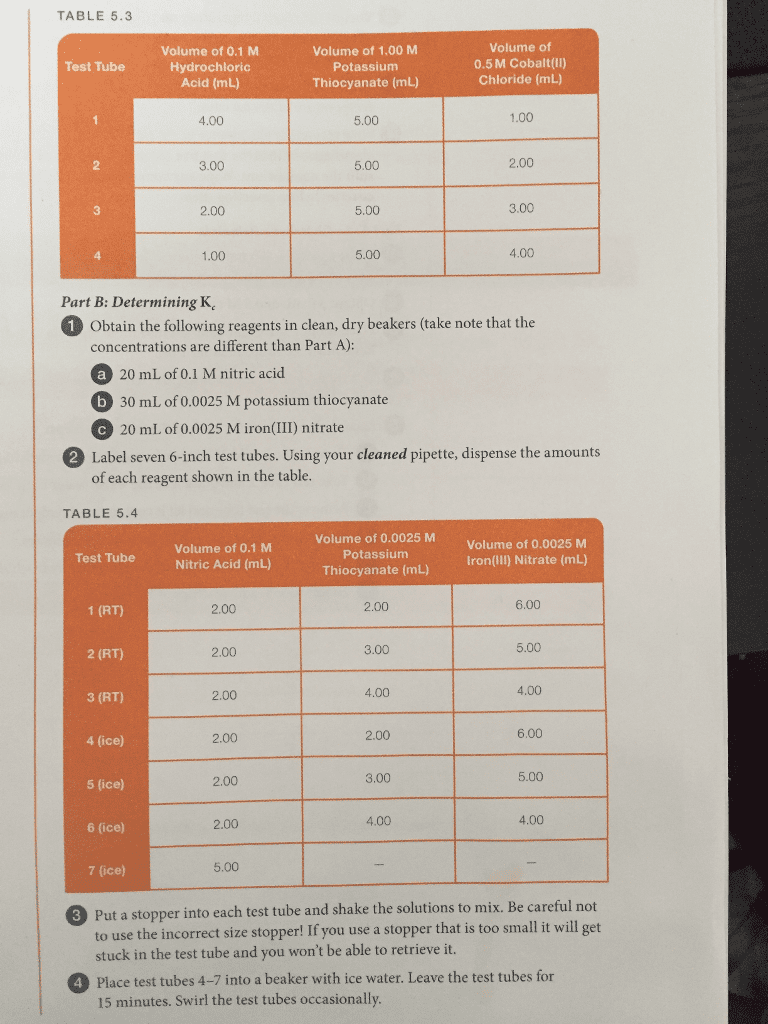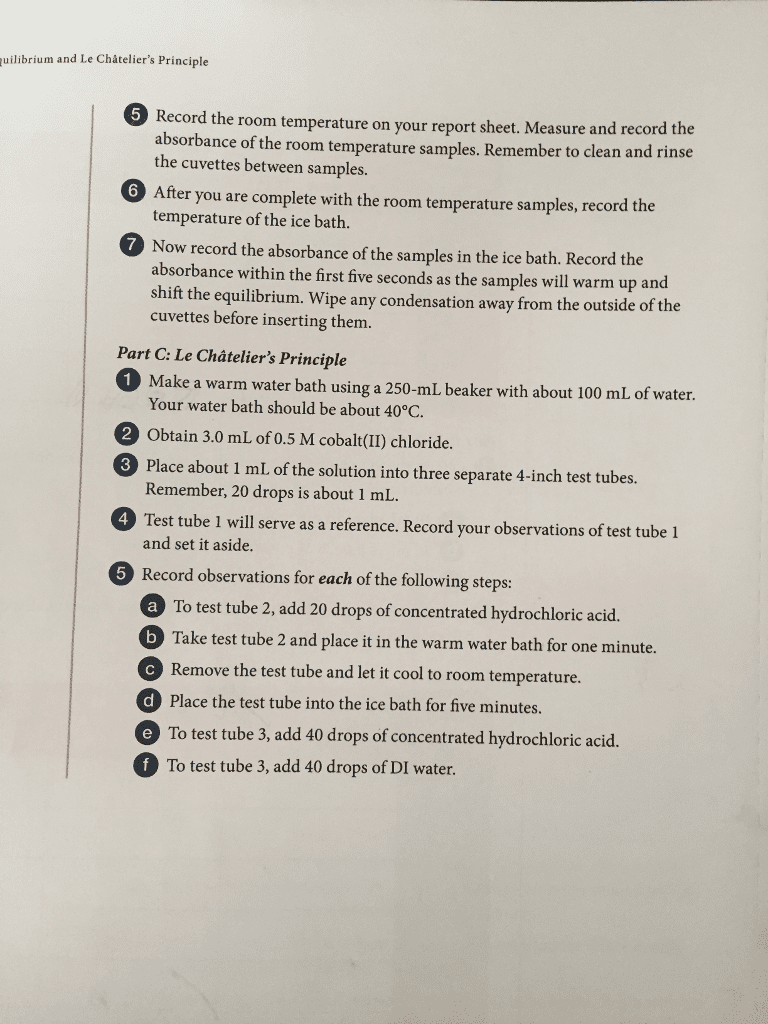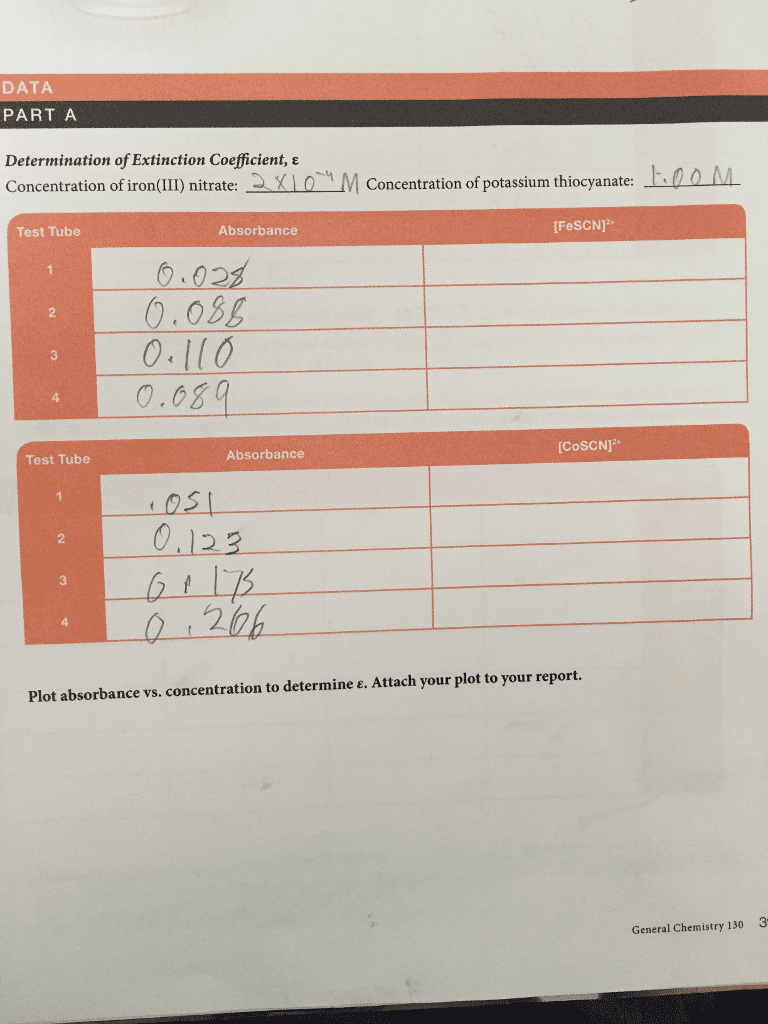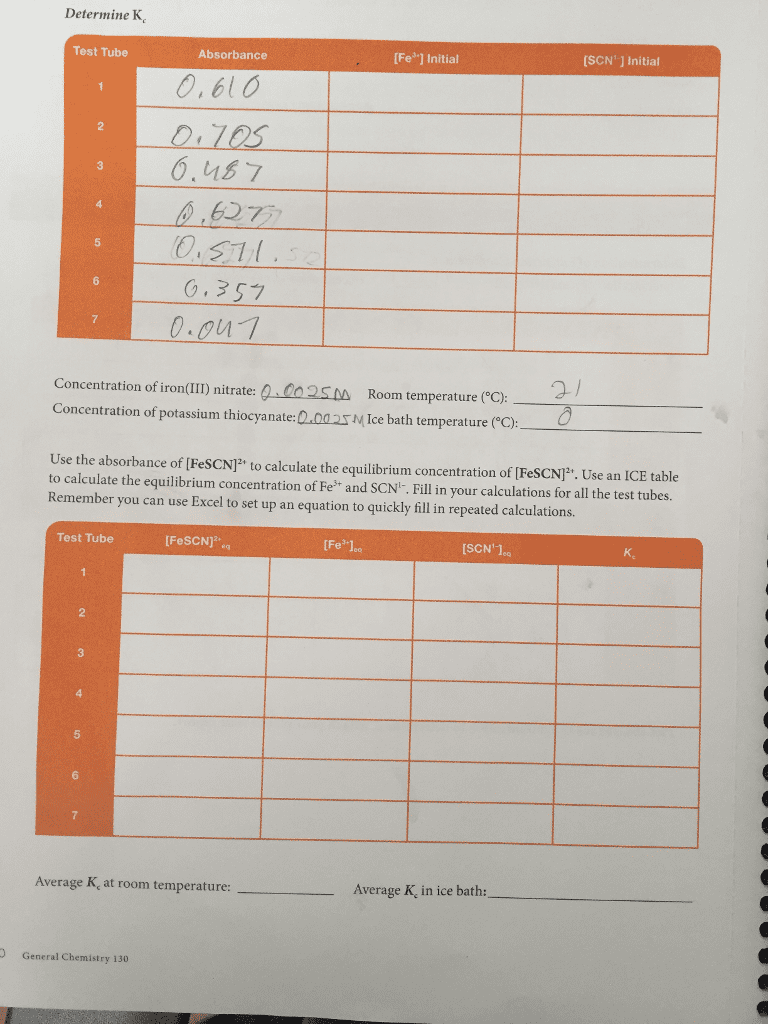CHEM 122 Lecture 13: Chapter 13 (in-class notes)
32 views3 pages
Document Summary
Chapter 13: chemical equilibrium: the extent of chemical reactions. Equilibrium is a state in which there are no observable changes in reactant or product concentration after a certain amount of time. Aa (aq) + bb (aq) cc (aq) + dd (aq) Aa (g) + bb (g) cc (g) + dd (g) Aa (g) + bb (aq) cc (aq) + dd (g) c. Solids and liquids are not included in the equilibrium expression. Kc and kp are related via the ideal gas law. Change in n = moles of gas (prod. 3: calculate equilibrium concentrations from initial concentrations. , reaction favors products, equilibrium lies to the right. , reaction favors reactants, equilibrium lies to the left. Consider a system that may not yet be at equilibrium. Aa + bb cc + dd c. If qc = kc, system is at equilibrium. 3: calculate equilibrium concentrations from initial concentrations when given kc.
Get access
Grade+20% off
$8 USD/m$10 USD/m
Billed $96 USD annually

Homework Help
Study Guides
Textbook Solutions
Class Notes
Textbook Notes
Booster Class
40 Verified Answers
Class+
$8 USD/m
Billed $96 USD annually

Homework Help
Study Guides
Textbook Solutions
Class Notes
Textbook Notes
Booster Class
30 Verified Answers
Related textbook solutions
Chemistry: Structure and Properties
2 Edition,
Tro
ISBN: 9780134293936
Basic Chemistry
5 Edition,
Timberlake
ISBN: 9780134138046
Principles of Chemistry Molecular Approach
4th Edition,
Tro
ISBN: 9780134112831
Principles of Chemistry Molecular Approach
3rd Edition, 2014
Tro
ISBN: 9780321971944
Chemistry: Structure and Properties
2nd Edition,
Tro
ISBN: 9780134293936
Chemistry: A Molecular Approach
3rd Edition,
Tro
ISBN: 9780321809247
Chemistry: A Molecular Approach
5th Edition,
Tro
ISBN: 9780134874371
Principles of Chemistry: A Molecular Approach
4th Edition,
Tro
ISBN: 9780134895741
Chemistry: The Central Science
14th Edition, 2017
Brown
ISBN: 9780134414232
